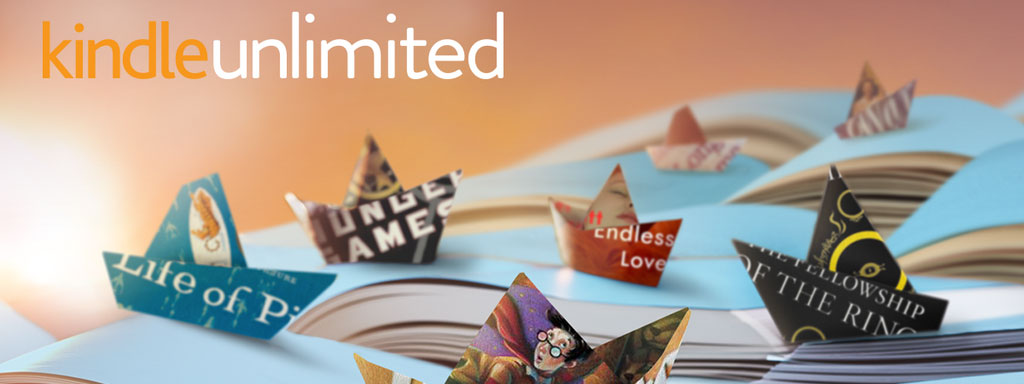Per page is better: Amazon’s new KU payout
Here are some of my thoughts on Amazon’s new payout to authors under the KDP Select program. Word of warning, unless you’re an indie author, you probably don’t care about what I’m going to say as it’s pretty inside baseball.
And if you’re looking for the TLDR version of it, here it is: I think that if you’re a writer of longer-form books (novels and novellas), then getting paid per page is a better way to handle royalties than getting paid per borrow.
Starting next month, Amazon is changing the royalty structure for books in their KDP Select program (most books that you can borrow “for free” are enrolled in Select). Until now, they’ve paid per borrow, regardless of length or retail price. This means that a ten page book sold for $.99 had the exact same borrow payout as a 1000 page book sold for $9.99. Yeah, kind of fucked up.
Starting next month, authors will be paid per page, rather than per borrow. If a reader only reads one page of that 1000 pages, the author gets paid for just the one page. If a reader reads all ten pages of the ten page book, they get paid for ten pages.
Guess what: authors are freaking out. Thing is, everyone always—ALWAYS—freaks whenever the self-publishing paradigm shifts dramatically. It happened when E.L. James first released 50 Shades of Grey and it hit the bestseller list. It happened again when KDP Select came along. Then when Kindle Unlimited was launched. And now this. Yes, each of these moments has disrupted the market in one way or another, and yes, some of these changes haven’t been good to the author, but what can we do? The unfortunate fact of the matter is that we’re at Amazon’s mercy here. Sucks, but at the end of the day, we need to adapt to the changes they make—especially those outside of our control.
I also happen to believe that this particular change is actually better for us indie authors than bad. Better, not necessarily good. KU as a whole isn’t good. KU meant that suddenly, we had to compete with hack writers publishing crap (okay, this existed before, but KU exacerbated the problem by making the $.99 even more economically viable). Here’s the short of it: when consumers have unlimited borrowing power, there was no reason to be choosy, they borrow it all—it’s all free! Why not borrow everything?! Worse, something ten pages long paid out the same as something 1000 pages long, so why would anyone ever write something 1000 pages?
But now, we actually get paid for the true measure of a book (well, true-ish). Page count is great, because if something is garbage (even 1000 pages of garbage) and the reader only read 10 pages of it, they get paid the right amount. If something is great and the reader reads all 1000 pages, then that author is rewarded.
People are going crazy speculating how much per page it’ll pay out, but as far as I’m aware, the size of the pool itself isn’t changing. It’s the distribution of that pool, and it’s now being distributed in a more fair way.
What should be a bigger concern for us is that the base fund of KDP Select is just $3 million. Every single month, extra money has been added to the pot just to make sure that payouts to authors have been fair. $7.8 million bonus was added to the May 2015 pot. But look at the language: it’s a bonus. The base has never changed. If Amazon ever decides that they can drop the bonus…. Well, it’ll be another paradigm shift, that’s for sure.
Until then, I’ll watch my numbers and adjust my publishing strategy based on how the per page shakes out. My guess is that we’ll see fewer “false shorts” being published—meaning longer novels broken into a bunch of smaller stories as a way of gaming the system. For us authors writing longer form fiction, hopefully we’ll be rewarded.




